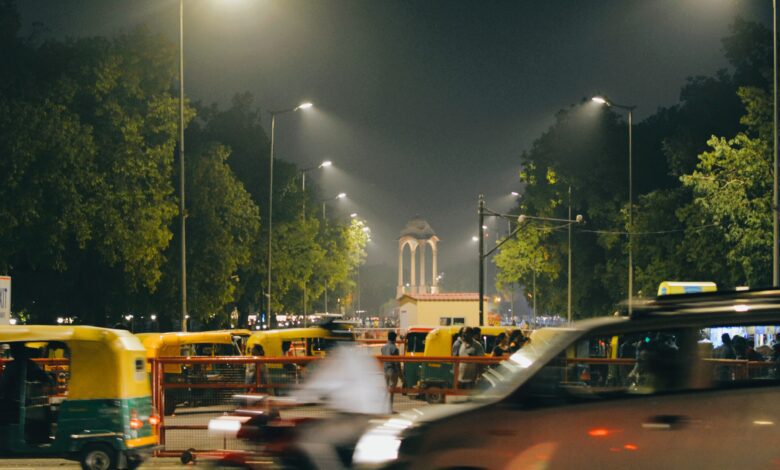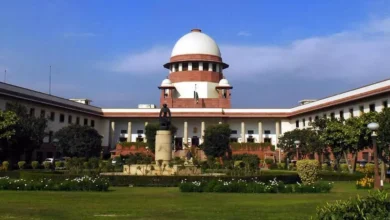Soon there’ll be only electric-commercial vehicles/cabs in Delhi: Government sets deadline
The new policy will go for an all-electric push in national capital and end dependency on petrol/diesel.

Delhi is likely to see only electric cabs by 2030 with the transport department planning to make the transition to the cleaner fuel in a phased manner. Under the aggregator policy, which will be passed soon, all cab companies, food delivery firms and e-commerce entities will be mandated to go for an all-electric fleet by April 2030.
Transport minister Kailash Gahlot told TOI, “Delhi will have an all-electric fleet for cabs and other e-commerce entities by April 1, 2030. We have already achieved remarkable success in the field of electric vehicles as Delhi has the highest penetration of EVs in India.”
The Aam Admi Party (AAP) government’s draft has provisions for phasing out the existing cabs in a phased manner, which means around 5% of the new fleet acquired by the aggregators within six months of the notification should be electric, said an official. This will increase to 15% within nine months, 25% by the end of one year, 50% by the end of two years, 75% by the end of three years and 100% by the end of four years. The entire fleet should have only EVs by April 1, 2030. There will also be provisions for fines if the aggregators do not comply with the norms, he added.
“We are enhancing the electric infrastructure fast, so the cab companies shouldn’t have any problem in shifting to the cleaner fuel,” said another official.
As per the government, EV report for 2022, over 2,300 charging points and 200 battery swapping stations were running across the city. Another 100 charging stations will be added by July.
The government hopes that the electric vehicle adoption will help reduce the pollution levels in the national capital. According to the latest measures, vehicles caused around half of Delhi’s own contribution to PM2.5 levels in the city. Considering the total pollutants of the NCR districts, including biomass burning, vehicular pollution contributed around 17% of the PM2.5 concentration.



